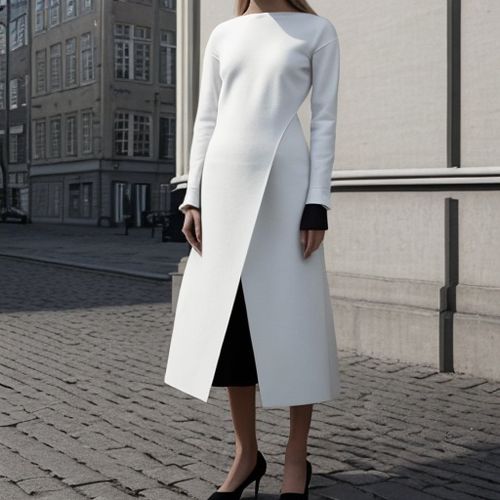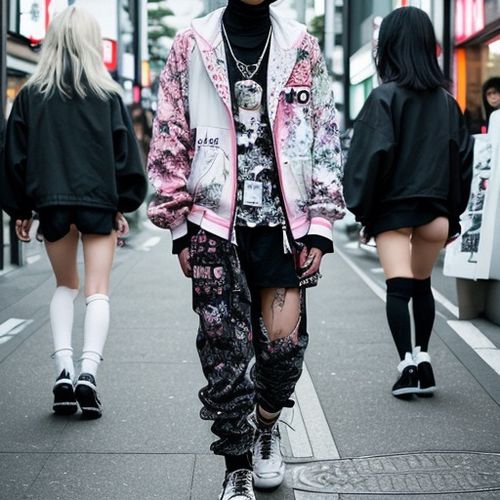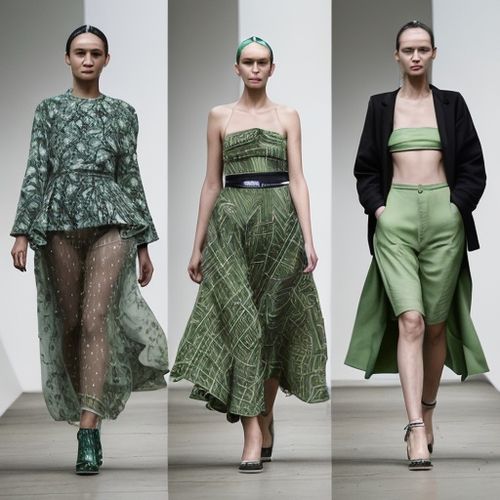The London Fashion Week has long been a global stage for innovation and creativity in the fashion industry. In recent years, however, the spotlight has increasingly shifted toward sustainability, particularly the use of eco-friendly materials. This year’s event showcased a significant uptick in designers embracing sustainable fabrics, though the journey toward a fully green fashion week remains fraught with challenges.
The Rise of Sustainable Materials
This season, over 40% of participating designers incorporated sustainable materials into their collections, a notable increase from previous years. From organic cotton and recycled polyester to cutting-edge alternatives like mushroom leather and algae-based textiles, the runway was a testament to the industry’s evolving priorities. Designers such as Stella McCartney and Bethany Williams led the charge, proving that sustainability and high fashion are no longer mutually exclusive.
The shift isn’t just about aesthetics—it’s a response to growing consumer demand for transparency and environmental responsibility. Younger generations, in particular, are driving this change, with surveys indicating that 60% of Gen Z shoppers prefer brands that prioritize sustainability. London Fashion Week, as a trendsetter, reflects this cultural shift, pushing boundaries beyond mere tokenism.
Innovations and Breakthroughs
One of the standout moments was the debut of lab-grown silk, a material that replicates the properties of traditional silk without the environmental toll of sericulture. Another breakthrough came in the form of biodegradable sequins, which offered the same glamour as their plastic counterparts but with a fraction of the ecological footprint. These innovations signal a broader trend: the marriage of science and design to create materials that don’t compromise on luxury or ethics.
Yet, challenges persist. While sustainable materials are gaining traction, their scalability remains a hurdle. Many of these fabrics are still in the experimental phase, with limited production capacity and higher costs. For smaller designers, this can be prohibitive, raising questions about inclusivity in the sustainable fashion movement.
The Role of Policy and Collaboration
Behind the scenes, policymakers and industry leaders are working to accelerate the adoption of sustainable practices. The British Fashion Council has introduced grants for designers who commit to using eco-friendly materials, while partnerships with textile startups aim to bridge the gap between innovation and mass production. These efforts are crucial, but experts argue that systemic change—such as stricter regulations on fast fashion—is needed to make sustainability the norm rather than the exception.
London Fashion Week’s progress is undeniable, but it’s also a microcosm of the broader industry’s struggles. The event serves as both a celebration of how far we’ve come and a reminder of how far we still have to go. As the curtains close on another season, one thing is clear: the future of fashion lies in materials that honor both the planet and the craft.

By Michael Brown/Apr 27, 2025

By Sophia Lewis/Apr 27, 2025

By Noah Bell/Apr 27, 2025

By Daniel Scott/Apr 27, 2025

By James Moore/Apr 27, 2025

By Megan Clark/Apr 27, 2025

By Samuel Cooper/Apr 27, 2025

By Emily Johnson/Apr 27, 2025

By Lily Simpson/Apr 27, 2025

By Emily Johnson/Dec 22, 2024

By Christopher Harris/Dec 22, 2024

By Joshua Howard/Dec 22, 2024

By Victoria Gonzalez/Dec 22, 2024

By Thomas Roberts/Dec 22, 2024

By Benjamin Evans/Dec 22, 2024